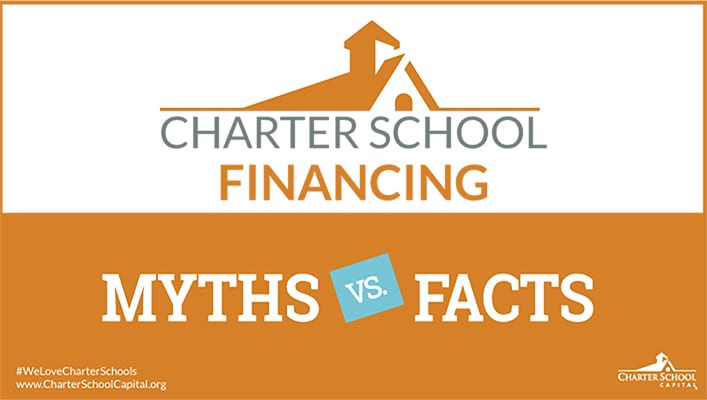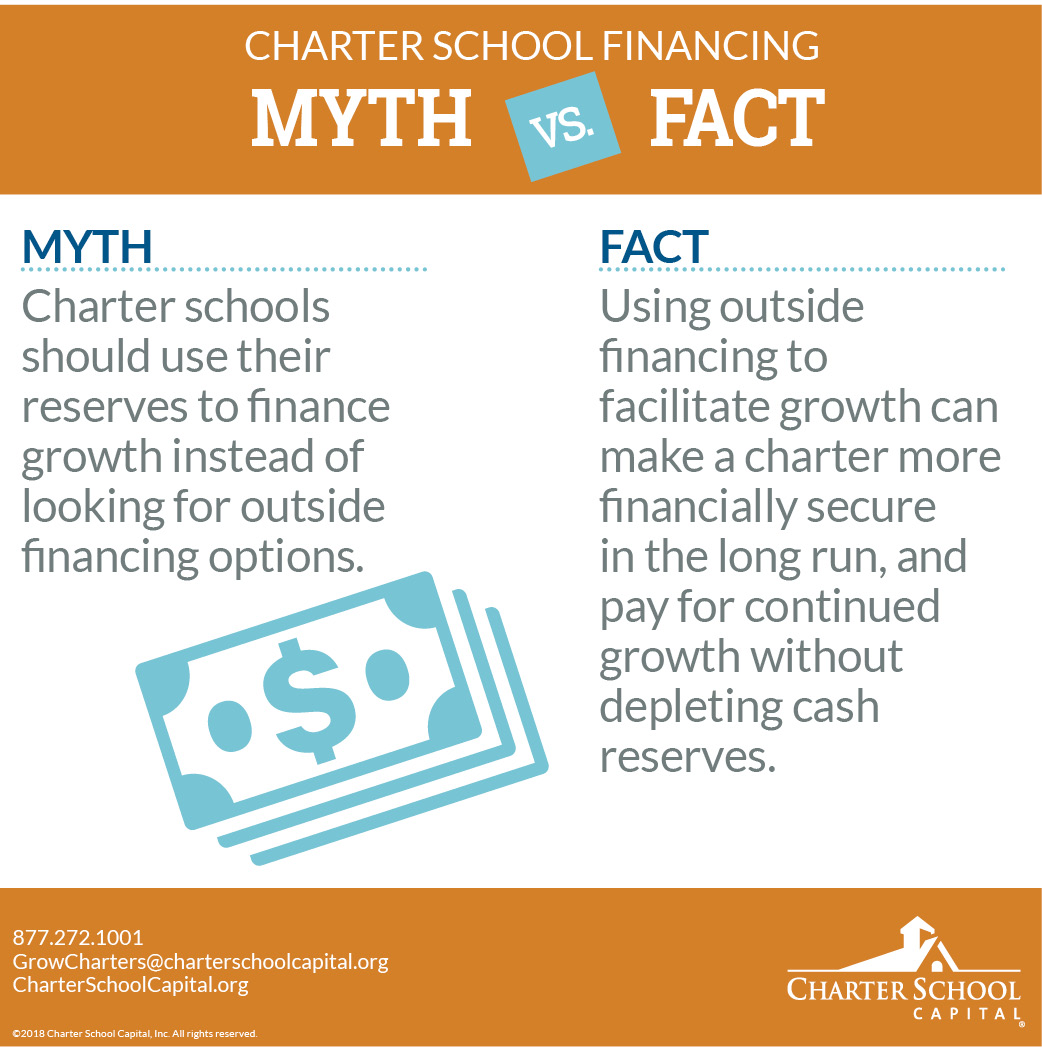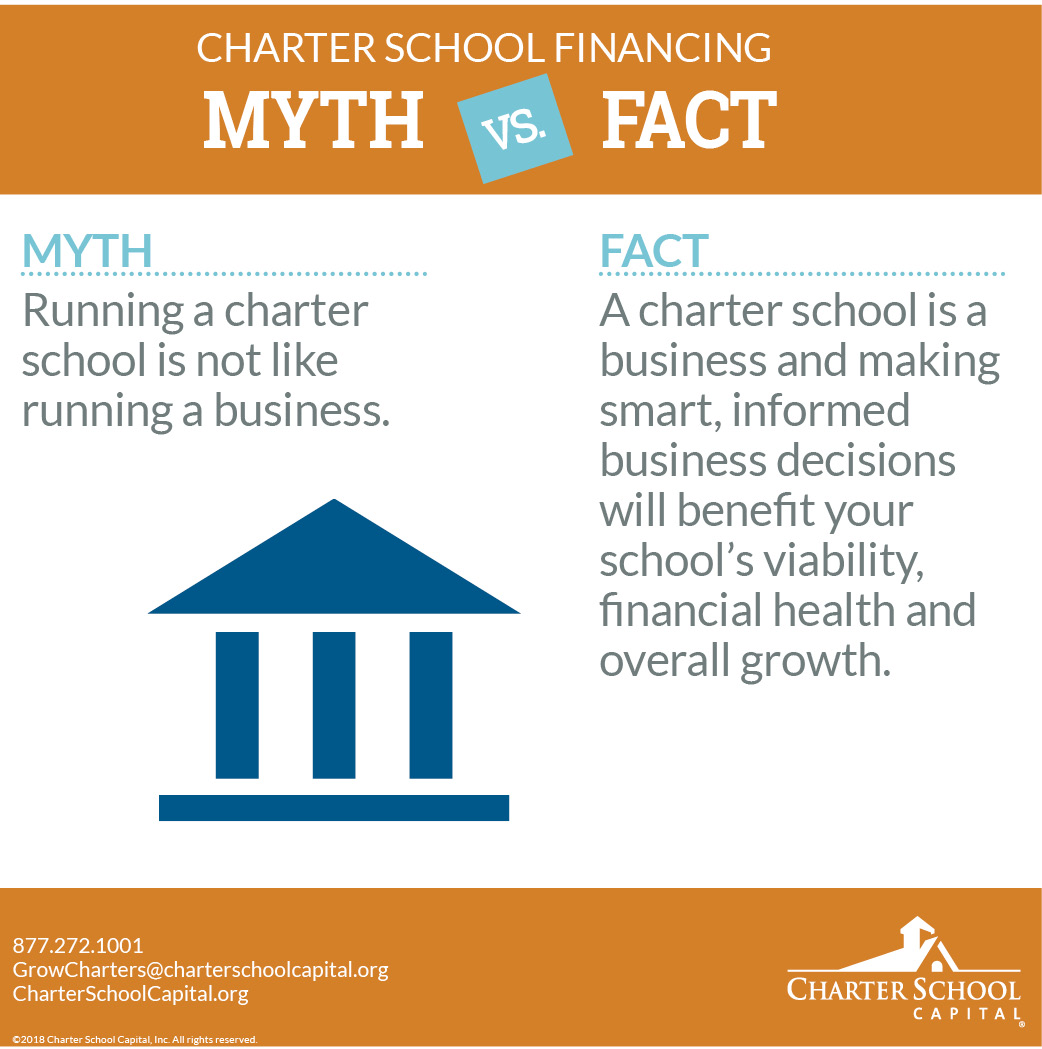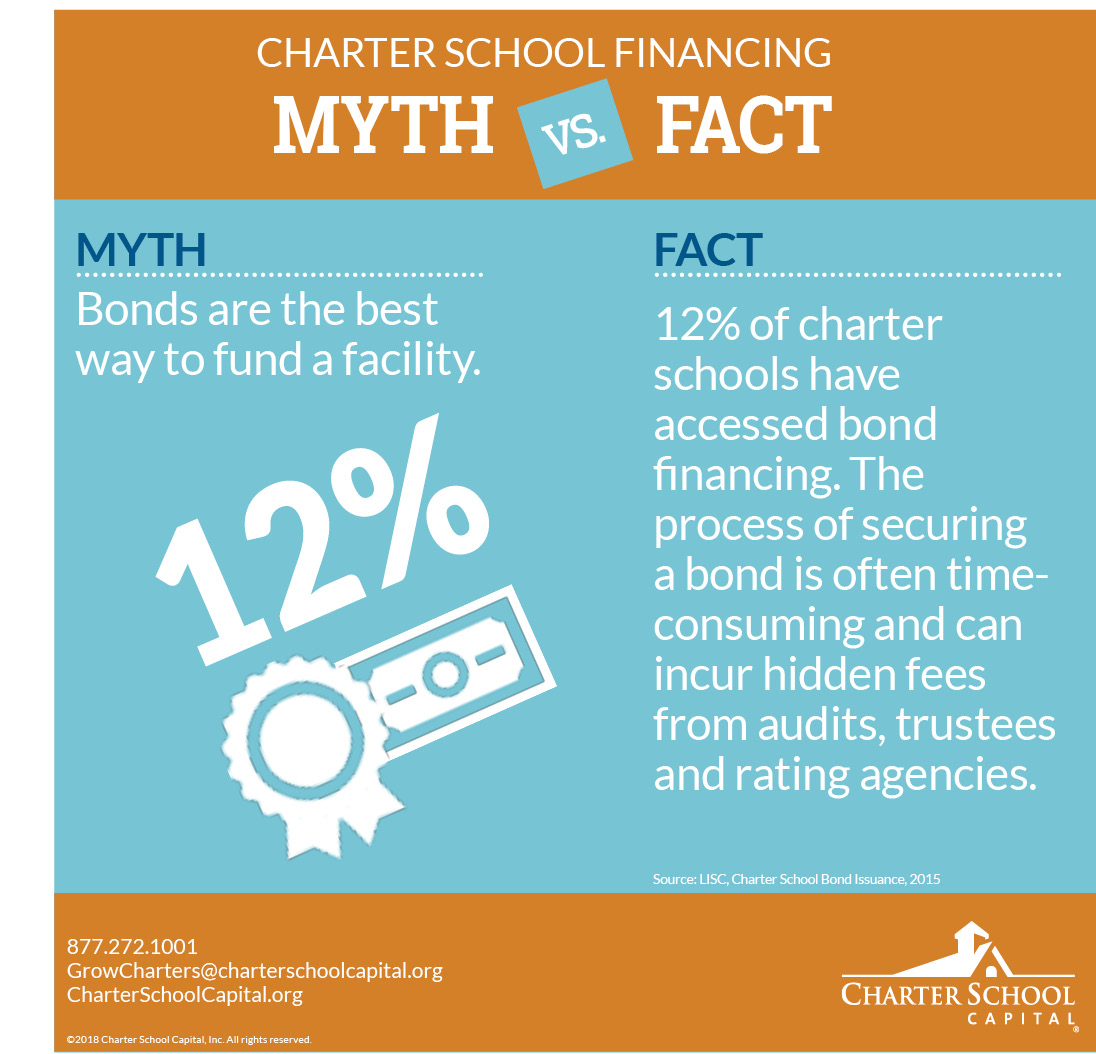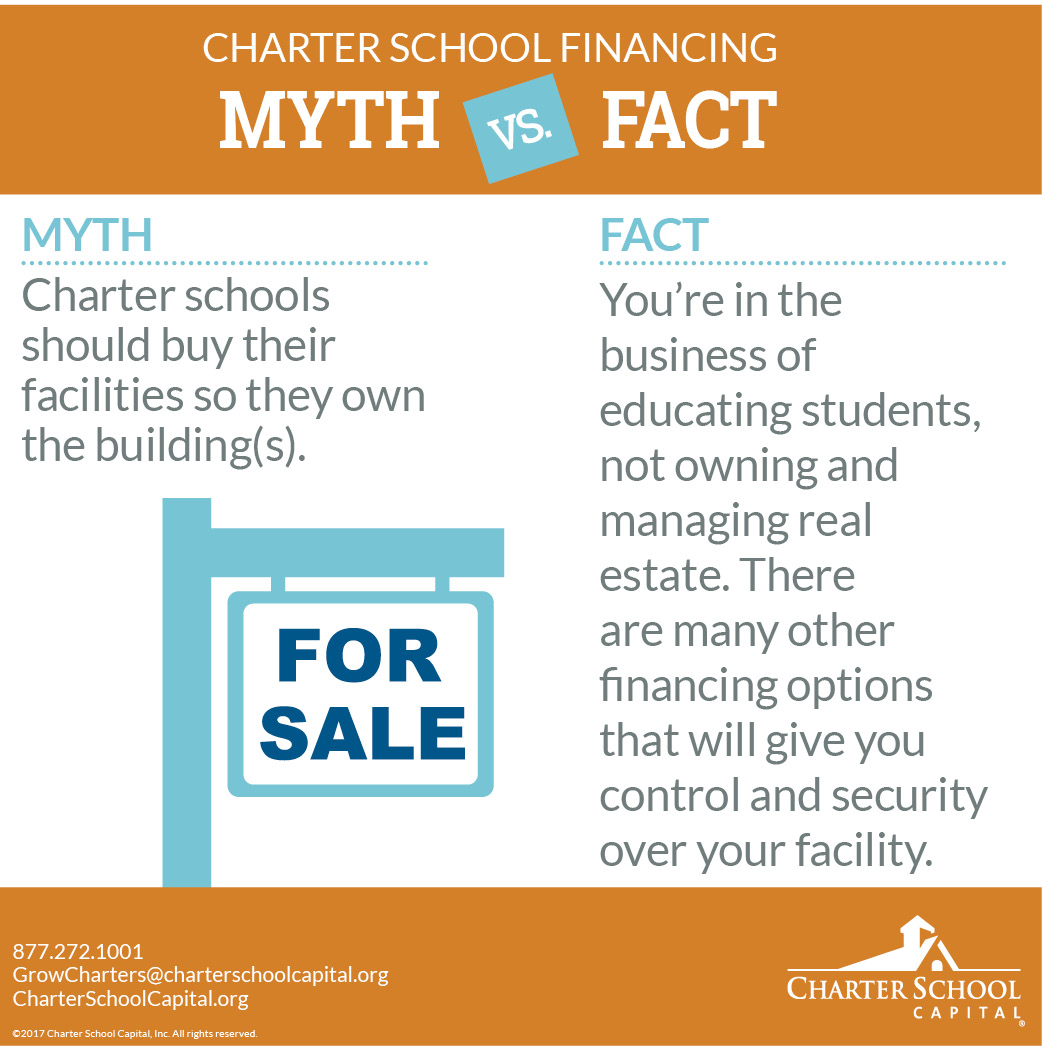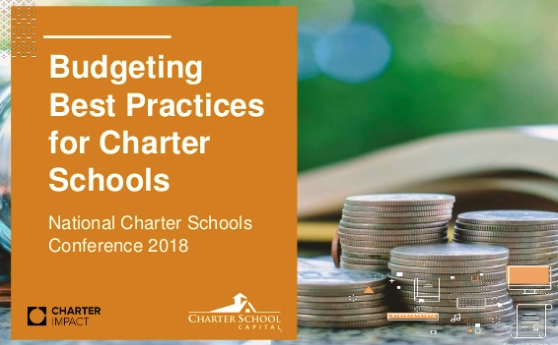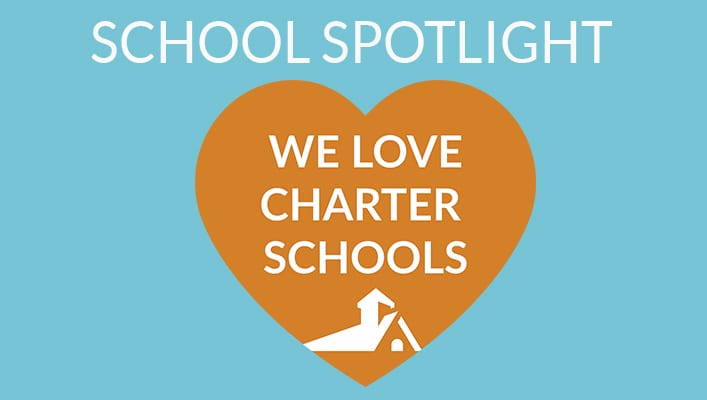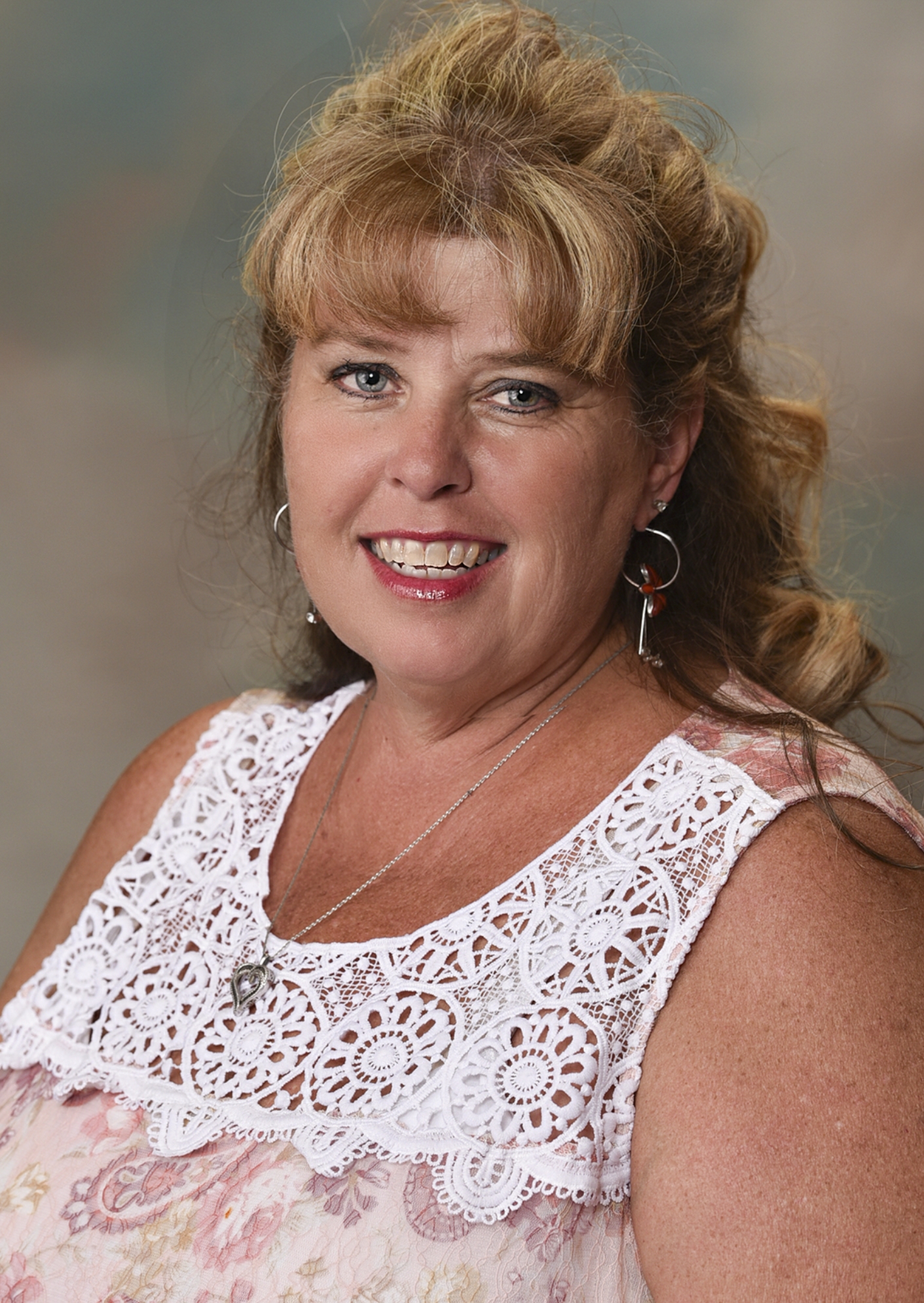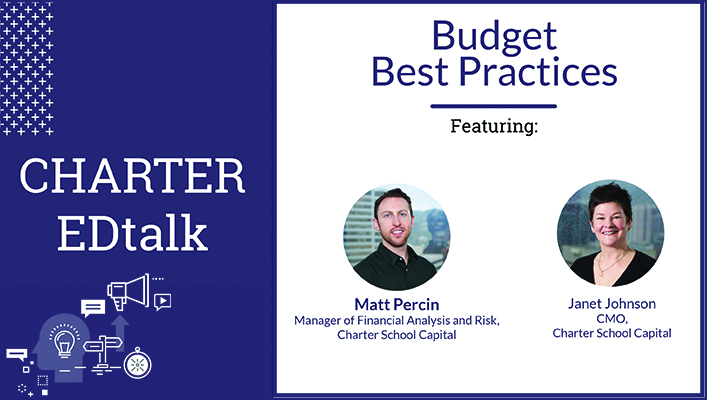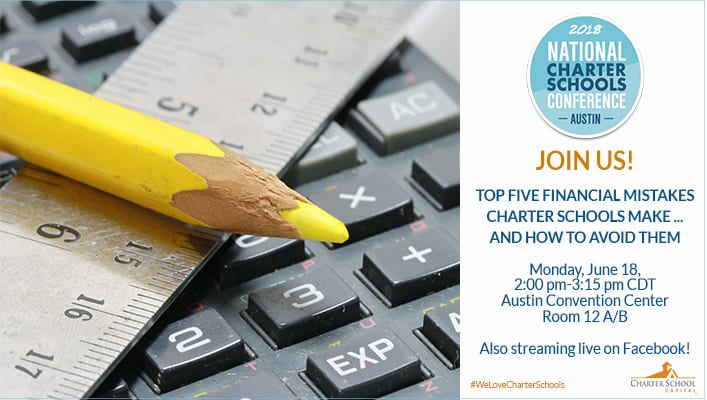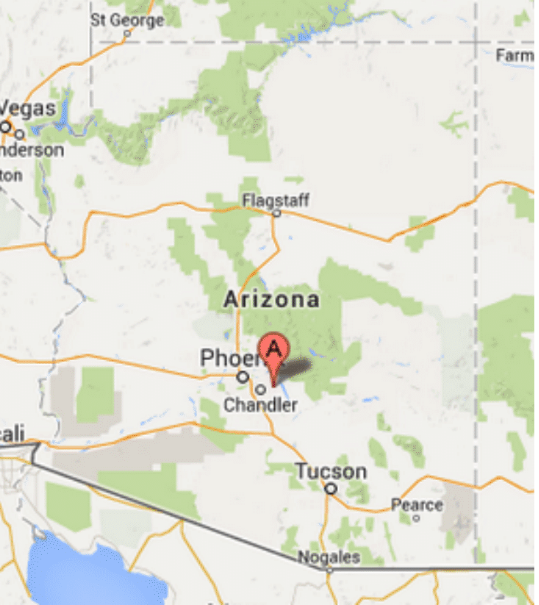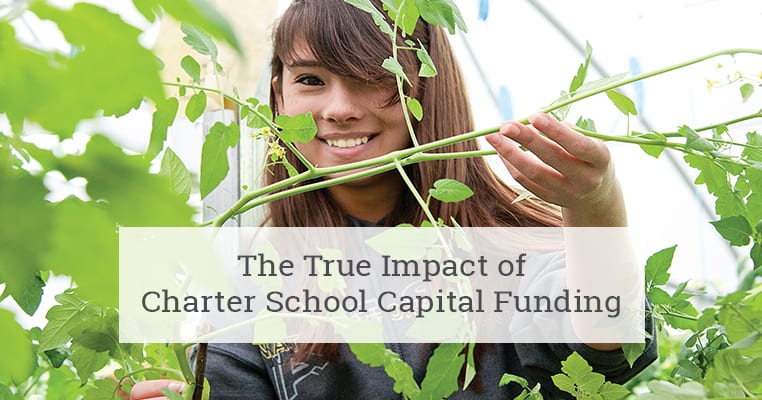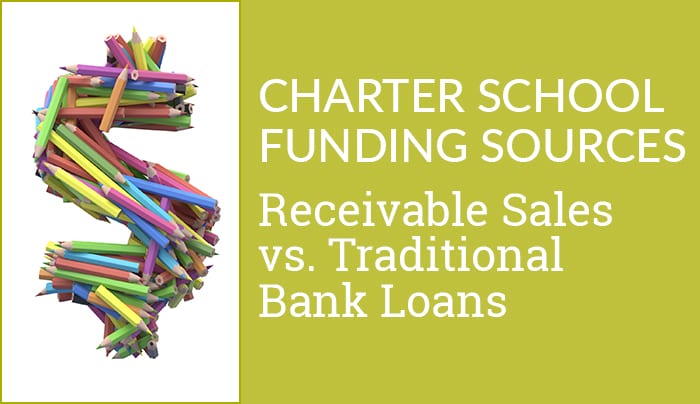 Charter School Funding Sources: Receivable Sales vs. Traditional Bank Loans
Charter School Funding Sources: Receivable Sales vs. Traditional Bank Loans
At Charter School Capital, we are 100% dedicated to the charter space and to enabling the success of charter schools. Schools often have difficulty finding charter school funding sources for operations and growth.
One method of financing widely used by many industries is receivable sales. This reliable and flexible transactional process, pioneered by Charter School Capital for charter schools, provides access to capital needed to support operations, facilities, programmatic expenses, or other obligations.
To make things a bit easier, we wanted to help clarify some of the differences between accessing capital with a traditional bank loan or line of credit versus our receivable sales product with regards to access to money, cost, and risk.
Read on to get answers to the most commonly asked questions around options for charter school funding sources.
Access to Money
Who qualifies for funding?
- With a traditional bank loan or line of credit, it’s limited and depends on the school’s credit history.
- With Charter School Capital’s receivable sales product there is universal access as greater than 90% are approved for funding.
How much can be approved?
- With a traditional bank loan or line of credit, it really depends on your credit rating which can also restrict the amount awarded.
- With Charter School Capital’s receivable sales product, the amount is only limited by your school’s budget and we can fund all qualified receivables.
Can a lender/purchaser increase amount of contract?
- With a traditional bank loan or line of credit, it can be difficult, time-consuming, and also require credit committee approval.
- With Charter School Capital’s receivable sales product, it can be increased quickly and easily and the amount available will be based on qualified receivables.
Can you get funds when needed?
- With a traditional bank loan or line of credit, it depends and the amount awarded and access to the funds can be restricted.
- With Charter School Capital’s receivable sales product, the answer is yes, we can fund all qualified receivables when you need the money.
Cost
How much will it cost?
- With a traditional bank loan or line of credit, the cost is not known until the loan is paid. In addition, state delays can cause additional interest, late fees, and penalties.
- With Charter School Capital’s receivable sales product, the cost is known upfront and fixed, even when state payments are delayed.
Budget Planning –Dollars per Student
- With a traditional bank loan or line of credit, the cost is unknown and harder to plan because of the fact that the cost is uncertain.
- With Charter School Capital’s receivable sales product, the cost is fixed and certain. Having more predictable costs makes planning more reliable.
Risk
Who is obligated to pay?
- With a traditional bank loan or line of credit, the school is obligated to repay debt.
- With Charter School Capital’s receivable sales product, it is a state obligation, not a school debt.
What is at risk if the state delays payment?
- With a traditional bank loan or line of credit, the school is at risk for interest costs, late fees, and possibly even default if the payment is delayed because the state is late.
- With Charter School Capital’s receivable sales product, if payments are delayed at the state level, there is no recourse to the school and Charter School Capital assumes the risk.
Click here to download the free one-page PDF datasheet on these two charter school funding sources!
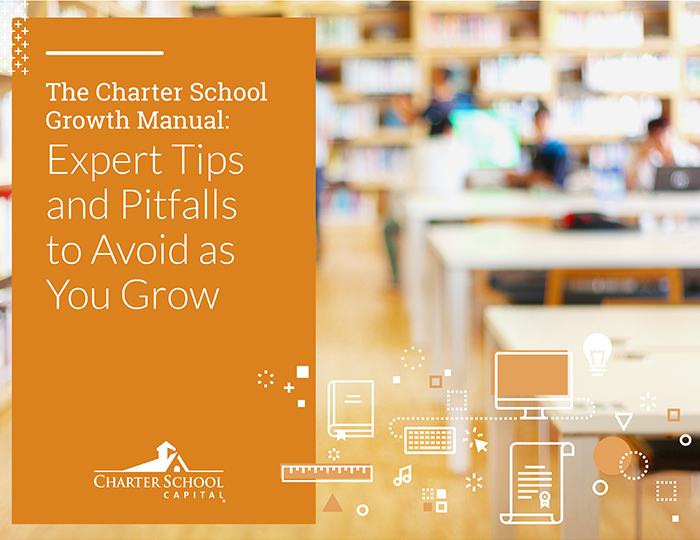 The Charter School Growth Manual
The Charter School Growth Manual
Whether you’re just beginning the process of starting up a charter school, looking to expand or trying to prioritize your next steps, download this guide to get expert tips and pitfalls to avoid as you grow.
For this charter school resource guide, we turned to our wide network of charter school experts for best practices and strategies for success at every stage of maturity. All of the advice in this book comes from experienced charter school leaders who have been where you are now—they understand what you’re facing and the pitfalls to avoid.
